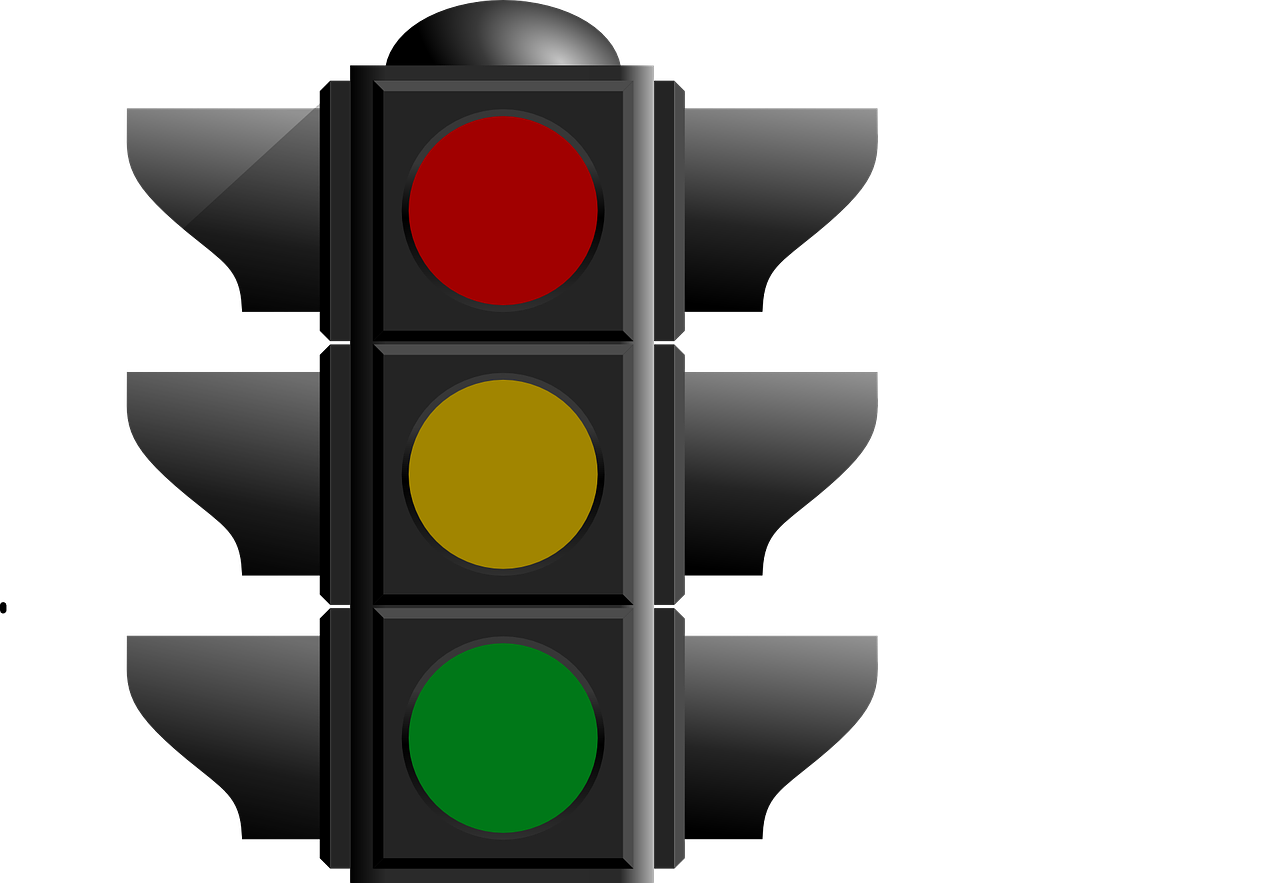
When to Choose Brand or Direct Marketing
Brand or direct marketing are two distinct approaches and some marketers claim they’re polar opposites. They say you can do both but not at the same time.
Outreach or Targeting?
I prefer to think of these approaches as outreach or targeting. They are distinct roles within your marketing strategy.
Outreach or brand marketing aims to raise awareness of your business. This approach to marketing raises awareness by telling stories. People tell stories through public speaking, videos, audio, text (online and off) and images such as logos.
Mostly outreach is free. You put your message out there and hope people get in touch. Sometimes people describe this approach to finding prospects as organic. If you create a video that goes viral, it is free marketing as it raises the profile of your brand.
However, it is not strictly true this approach is free. You may have paid to create the video that goes viral. The real point is you cannot measure how successful the video is at creating customers. Yes, you can ask customers why they came to you but you don’t really know how much exposure to your brand they had.
Targeting is direct marketing to a specific group of people. Facebook Pay-per-Click ads are an example. You target the ad using Facebook’s famous database, so that your ad appears on the screens of only those you wish to target. You pay Facebook for access to their database.
Facebook offers Analytics with its database. You can work out how many people see your ad, how many click on it and then respond to your call to action. You know how much you paid Facebook (plus anyone else) to develop your ad. Divide this into the spend by customers who respond to the ad and you know how much it costs to get that level of income. If the number is greater than 1, you can afford to repeat the ad.
Measuring Success
- What do you measure? Do you know your return on investment in targeted marketing?
- How do you know your brand marketing is worthwhile? You may know how much it costs but you cannot measure its success.
- Are you clear about what you should measure?
Can You Do Both?
Think in terms of a marketing funnel. Or the awareness ladder. Brand marketing works better at earlier stages. It raises awareness of the problem and possible solutions. Direct marketing is where you convert interested people into prospects or customers.
Think of these two approaches as complementary. Any given method is either brand or direct marketing. If you can measure it, it is direct, otherwise it is brand. Sometimes a method might switch if you work out how to measure or target it.
For example, one early example of direct marketing is the coupon. It carries a code so you know which publication it came from. So, you can measure the success of ads in several publications.
Television advertising presents a problem because it is clearly brand advertising. People might be influenced to the extent they switch brand at the supermarket but it is impossible to know how many are so influenced.
One way round this was to add a code to the TV advert. Ask customers to write the code on a coupon and they receive a bonus. Apparently this worked for some businesses.
So, outreach or brand marketing usually aims to raise awareness and command attention. It helps you find your market. Direct marketing is about conversions, getting prospects to buy or at least commit to your sales process. Make sure you know which you are doing, whatever you are doing!
Following this thirty-third post to encourage coaches to reflect on relational marketing, take this opportunity to sign up below. You get a weekly round-up of my posts and a pdf about how to make sure you are charging what your business is worth.








